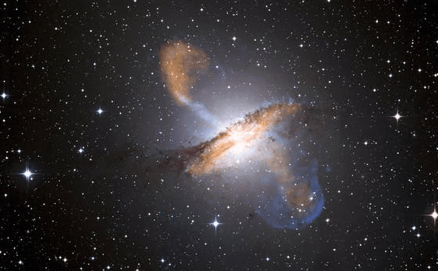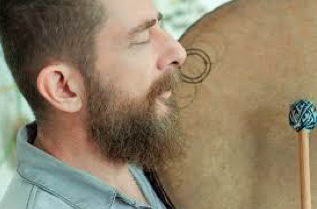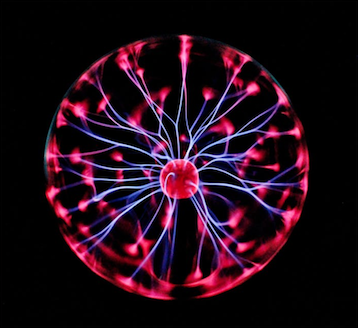Het systemisch werk zoals dat ontwikkeld is en wordt vormgegeven vanuit dit Centrum is een niet aflatend integratief leerproces waaraan veel mensen met hun ideeën en werkwijzen hebben bijgedragen. Zij vormen samen de kennisbronnen waaruit wij putten en representeren de professionele wortels van het Centrum voor Systemisch Werk.
Dit overzicht is niet compleet omdat `de wijsheid voortdurend onderweg is’ en daarmee permanent in beweging en ontwikkeling is.
"Life is like a piano... What you get out of it depend on how you play it."
- Albert Einstein








